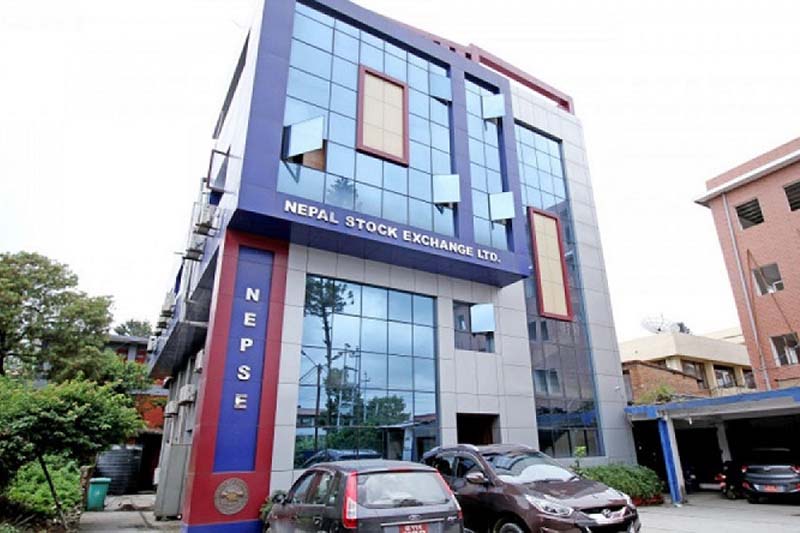
One important indicator of a country‘s openness to global trade and economy is the amount of foreign direct investments (FDIs) that enter. Foreign capital and technology, whether coming from neighbouring countries or from the West, will seek areas and countries where they are treated more fairly, where the rules are more stable so they can plan long-term with regards to their economic engagement.
Aside from FDIs, the other avenue of foreign capital to enter an economy is via portfolio investments like the stock market. In this paper we will discuss only FDIs.
The UN Conference on Trade and Development (UNCTAD) produces an important annual study, the World Investment Report (WIR). The latest, 2016 report showed the following data for FDI inward stock, meaning the accumulated foreign inflows minus outflows through the years.
 India remains the biggest magnet of FDIs in the region, attracting $282.3 B in 2015 alone. Coming in far second is Pakistan with $31.6 B, then Bangladesh with $12.9 B and Sri Lanka with $10 B. Nepal and Bhutan are least-attractive to FDIs in the region.
In East Asia, the biggest destination of FDIs inward stock as of 2015 were Hong Kong with $1.57 trillion, China with $1.22 trillion, Singapore with $978 B and Indonesia with $225 B. Even socialist and late-comer to global economy Vietnam has attracted a big $103 B.
In terms of FDI inflows as percent of gross domestic investments in the region, Maldives is the run-away leader followed far behind by India and Bangladesh. Again, Nepal and Bhutan are in the bottom in the region.
India remains the biggest magnet of FDIs in the region, attracting $282.3 B in 2015 alone. Coming in far second is Pakistan with $31.6 B, then Bangladesh with $12.9 B and Sri Lanka with $10 B. Nepal and Bhutan are least-attractive to FDIs in the region.
In East Asia, the biggest destination of FDIs inward stock as of 2015 were Hong Kong with $1.57 trillion, China with $1.22 trillion, Singapore with $978 B and Indonesia with $225 B. Even socialist and late-comer to global economy Vietnam has attracted a big $103 B.
In terms of FDI inflows as percent of gross domestic investments in the region, Maldives is the run-away leader followed far behind by India and Bangladesh. Again, Nepal and Bhutan are in the bottom in the region.
 Some important policy measures that South Asian economies in general and Nepal in particular can learn from their neighbours in East Asia would be the following.
One, more openness to global trade, investments and technology pays off. It can open up more business and cultural opportunities for the people. Global business is about integration and competition at the same time, about complementation and substitution.
Two, small but dynamic economies Hong Kong and Singapore are clear proof that small population and land area are not hindrance to expand the size of the economy towards unlimited potentials. Openness to global investments and trade can bring in more investments than one can imagine and hope for.
Three, small size and magnitude of initial profit is a lesser consideration for foreign investments. The more important factor for them is the stability and predictability of rules, the rule of law and respect for private property, that their investments will not be confiscated or nationalised or over-bureaucratised even in periods of domestic political upheavals.
Companies and people can introduce various innovations later that can expand profit while expanding the pay and benefits of their staff, and improving the quality of their goods and services to their customers.
Some important policy measures that South Asian economies in general and Nepal in particular can learn from their neighbours in East Asia would be the following.
One, more openness to global trade, investments and technology pays off. It can open up more business and cultural opportunities for the people. Global business is about integration and competition at the same time, about complementation and substitution.
Two, small but dynamic economies Hong Kong and Singapore are clear proof that small population and land area are not hindrance to expand the size of the economy towards unlimited potentials. Openness to global investments and trade can bring in more investments than one can imagine and hope for.
Three, small size and magnitude of initial profit is a lesser consideration for foreign investments. The more important factor for them is the stability and predictability of rules, the rule of law and respect for private property, that their investments will not be confiscated or nationalised or over-bureaucratised even in periods of domestic political upheavals.
Companies and people can introduce various innovations later that can expand profit while expanding the pay and benefits of their staff, and improving the quality of their goods and services to their customers.
Bienvenido "Nonoy†Oplas, Jr. is a free market proponent based in Manila, the Philippines. He is President of Minimal Government Thinkers, Inc. and a regular columnist and blogger, (funwithgovernment.blogspot.com).
 India remains the biggest magnet of FDIs in the region, attracting $282.3 B in 2015 alone. Coming in far second is Pakistan with $31.6 B, then Bangladesh with $12.9 B and Sri Lanka with $10 B. Nepal and Bhutan are least-attractive to FDIs in the region.
In East Asia, the biggest destination of FDIs inward stock as of 2015 were Hong Kong with $1.57 trillion, China with $1.22 trillion, Singapore with $978 B and Indonesia with $225 B. Even socialist and late-comer to global economy Vietnam has attracted a big $103 B.
In terms of FDI inflows as percent of gross domestic investments in the region, Maldives is the run-away leader followed far behind by India and Bangladesh. Again, Nepal and Bhutan are in the bottom in the region.
India remains the biggest magnet of FDIs in the region, attracting $282.3 B in 2015 alone. Coming in far second is Pakistan with $31.6 B, then Bangladesh with $12.9 B and Sri Lanka with $10 B. Nepal and Bhutan are least-attractive to FDIs in the region.
In East Asia, the biggest destination of FDIs inward stock as of 2015 were Hong Kong with $1.57 trillion, China with $1.22 trillion, Singapore with $978 B and Indonesia with $225 B. Even socialist and late-comer to global economy Vietnam has attracted a big $103 B.
In terms of FDI inflows as percent of gross domestic investments in the region, Maldives is the run-away leader followed far behind by India and Bangladesh. Again, Nepal and Bhutan are in the bottom in the region.
 Some important policy measures that South Asian economies in general and Nepal in particular can learn from their neighbours in East Asia would be the following.
One, more openness to global trade, investments and technology pays off. It can open up more business and cultural opportunities for the people. Global business is about integration and competition at the same time, about complementation and substitution.
Two, small but dynamic economies Hong Kong and Singapore are clear proof that small population and land area are not hindrance to expand the size of the economy towards unlimited potentials. Openness to global investments and trade can bring in more investments than one can imagine and hope for.
Three, small size and magnitude of initial profit is a lesser consideration for foreign investments. The more important factor for them is the stability and predictability of rules, the rule of law and respect for private property, that their investments will not be confiscated or nationalised or over-bureaucratised even in periods of domestic political upheavals.
Companies and people can introduce various innovations later that can expand profit while expanding the pay and benefits of their staff, and improving the quality of their goods and services to their customers.
Some important policy measures that South Asian economies in general and Nepal in particular can learn from their neighbours in East Asia would be the following.
One, more openness to global trade, investments and technology pays off. It can open up more business and cultural opportunities for the people. Global business is about integration and competition at the same time, about complementation and substitution.
Two, small but dynamic economies Hong Kong and Singapore are clear proof that small population and land area are not hindrance to expand the size of the economy towards unlimited potentials. Openness to global investments and trade can bring in more investments than one can imagine and hope for.
Three, small size and magnitude of initial profit is a lesser consideration for foreign investments. The more important factor for them is the stability and predictability of rules, the rule of law and respect for private property, that their investments will not be confiscated or nationalised or over-bureaucratised even in periods of domestic political upheavals.
Companies and people can introduce various innovations later that can expand profit while expanding the pay and benefits of their staff, and improving the quality of their goods and services to their customers.
Bienvenido "Nonoy†Oplas, Jr. is a free market proponent based in Manila, the Philippines. He is President of Minimal Government Thinkers, Inc. and a regular columnist and blogger, (funwithgovernment.blogspot.com).
Published Date: August 16, 2016, 12:00 am
Post Comment
E-Magazine

Click Here To Read Full Issue
RELATED Market

